What are NFT Marketplace Aggregators?
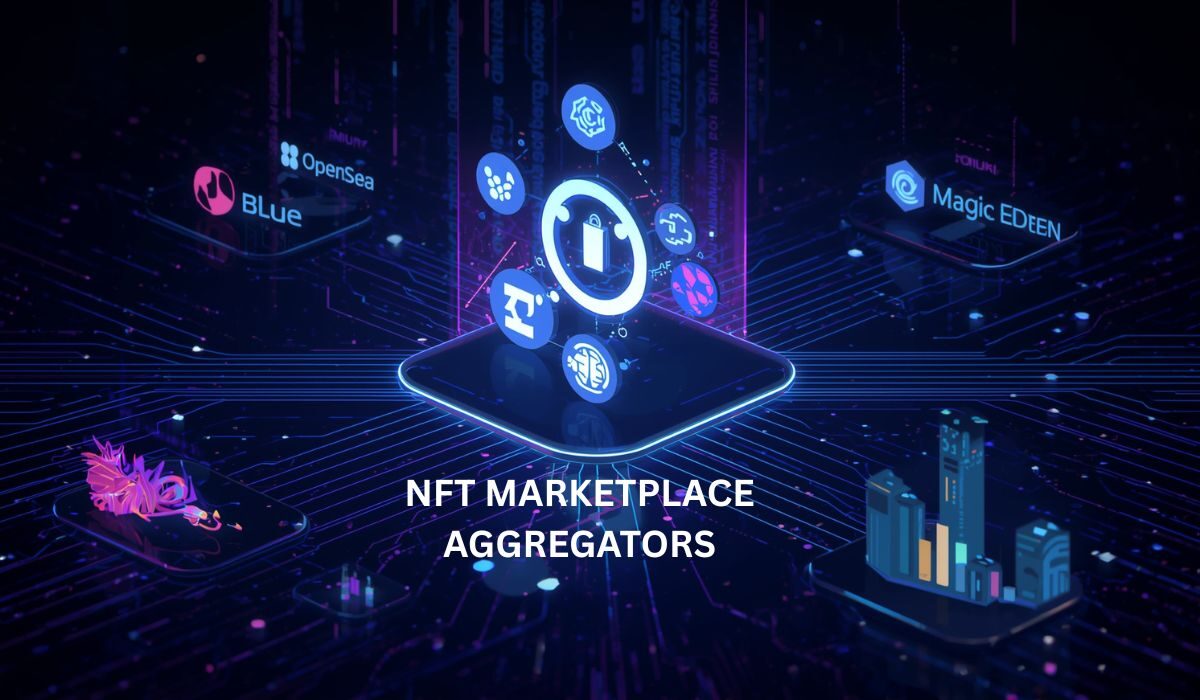
An NFT marketplace aggregator is a platform that combines NFT listings from many marketplaces into a single unified marketplace. There are multiple websites for buying, selling, and trading NFTs, and the major ones include OpenSea, Blur, Rarible, MagicEden, LooksRare, and other platforms. Instead of going through all these marketplaces, using NFT marketplace aggregators, you can access all these listings from all these sources in one place. Aggregators allow investors to buy NFTs from different marketplaces without needing to visit the actual marketplace. They also simplify the discovery, comparison, and purchasing process, allowing buyers to make more informed decisions by saving a lot of their time.
How NFT Marketplace Aggregators Work?
Data is collected from various sources and then divided into categories and then its fed into search engines. The steps are listed below:
- Data Pooling: The Aggregators continuously gather NFT data such as IDs, prices, and Ownership information from multiple sources.
- Data Aggregation: The gathered data is cataloged into a single interface as an entry point for the platform. This entry point makes the data easily accessible whenever required.
- Data Classification: This is the process by which the gathered data is classified based on specific metrics such as rarity, timing, price, etc. This enables the users to analyse data efficiently.
- Feeding Data To Search Engines: After completing the previous phases successfully, the collected data is sent to search engines on the platform so that investors can track their NFTs.
- Batch Purchase: This is an important feature or quality of life offered by NFT aggregators, which allows users to buy bulk NFTs from different sources in a single transaction. This is a huge improvement as it allows the user to buy multiple NFTs at one time and only pay the one-time transaction fees.
The Main Advantages Of Using NFT Aggregators
- Convenience And Time Efficiency: Aggregators save the users’ time by providing an all-in-one view of the entire NFT marketplace.
- Unified Interface: Instead of going through each marketplace one by one, users can view everything in one place.
- Better Pricing: Aggregators highlight the listings from several platforms, which helps users spot underpriced NFTs.
- Batch Purchase: Users buy bulk NFTs in a single transaction, helping them avoid paying a transaction fee on every single transaction.
Best NFT Aggregators
| Aggregator | Acquisition / Ownership | Key Features | Blockchain / Network |
| Genie | Acquired by Uniswap on June 21, 2022 | – Buy up to 60 NFTs in a single transaction – Save up to 40% gas fees | Ethereum |
| Gem | Acquired by OpenSea on April 24, 2022 | – Minting and selling NFTs – Save up to 40% gas fees | Ethereum |
| Rareboard | Independent | – Rarity dashboard with price inventory – Aggregates BSC-based NFT listings | Binance Smart Chain (BSC) |
| Flip | Independent | – Analytics-driven NFT aggregation – Multi-login via Wallet, Apple, Google, Twitter, or Email | (Likely Ethereum) |
1. Genie (Uniswap)
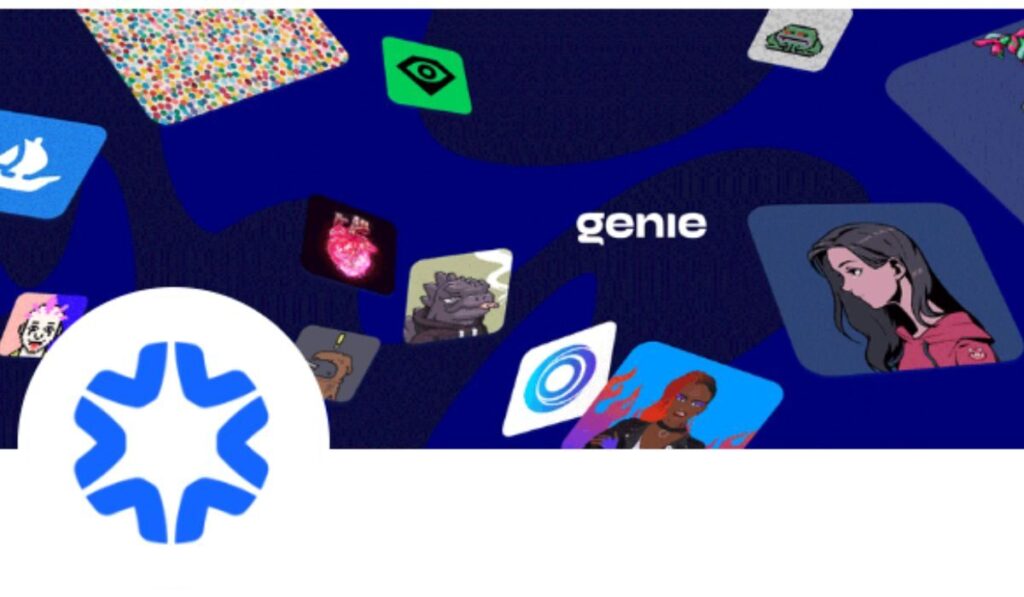
Genie is an NFT Marketplace Aggregator developed by Aakash Nigam and Evan Rosenbaum in 2014. Uniswap acquired it on June 21, 2022. Genie aggregator was officially launched in November 2021; it provides the user with an interface showing listings of NFTs from major marketplaces like Opensea, Rarible, Looksrare, NFTX, NFT20, X2Y2, and many other marketplaces. The investors also have the advantage of buying up to 60 NFTs in a single transaction, and they can save up to 40% on gas fees.
You can also sell your NFTs on Genie. This maximizes your presence by listing the NFT on 2 platforms, like Opensea and LooksRare, simultaneously. The platform supports MetaMask, mobile wallets, and Coinbase wallets.
2. Opensea (Gem)
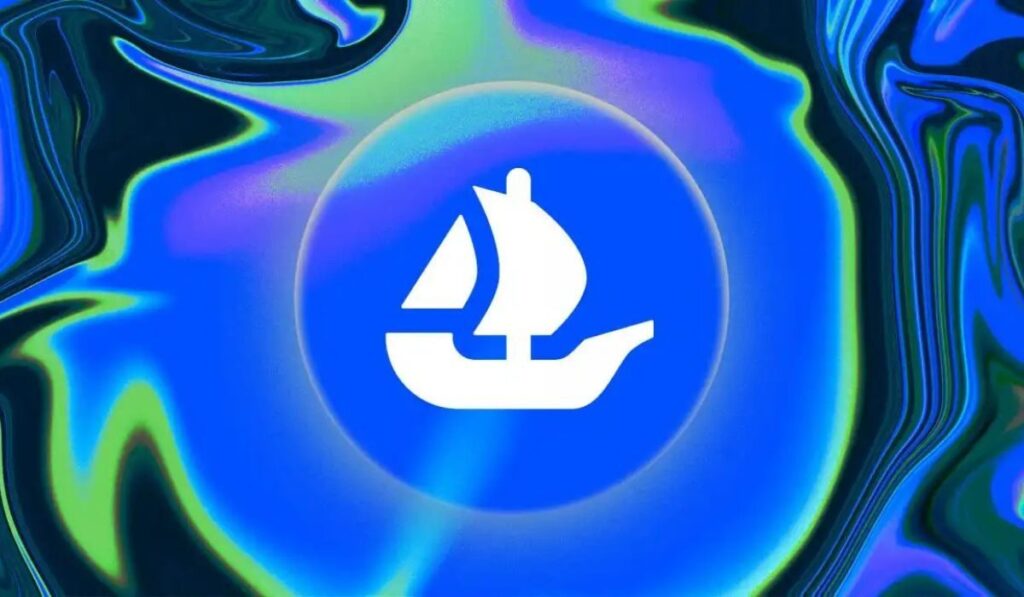
Gem is one of the first and most widely used aggregators, developed by Lorens Haculak, Josh Thompson, Deepanjal Gupta, and two others. The aggregator officially launched in January 2022 and became a leading NFT marketplace aggregator. OpenSea later acquired Gem on April 24, 2022.
Gem runs on the Ethereum blockchain and collects data from various marketplaces like OpenSea, LooksRare, Rarible, Sudoswap, X marketplace, X2Y2, Universe, NFT20, NFTX, etc. It supports minting and selling NFTs and saves users up to 40% gas fees, similar to Genie.
3. Rareboard
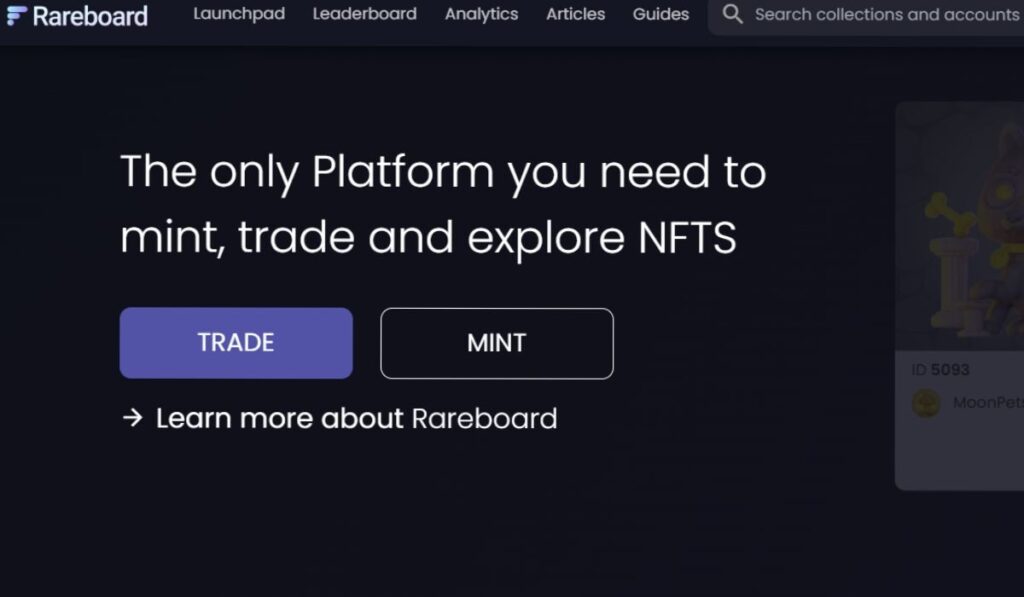
Rareboard is another marketplace aggregator that collects the listings from various marketplaces and lists them on a single platform. Rarebord has a unique feature that makes it stand out from other marketplace aggregators. Rareboard has a rarity dashboard alongside price inventory for the NFT listings collected from various marketplaces. The platform runs on the Binance Smart Chain network. It combines Binance NFT, PancakeSwap, NFT Trade, Gallier.io, etc in a single place.
4. Flip
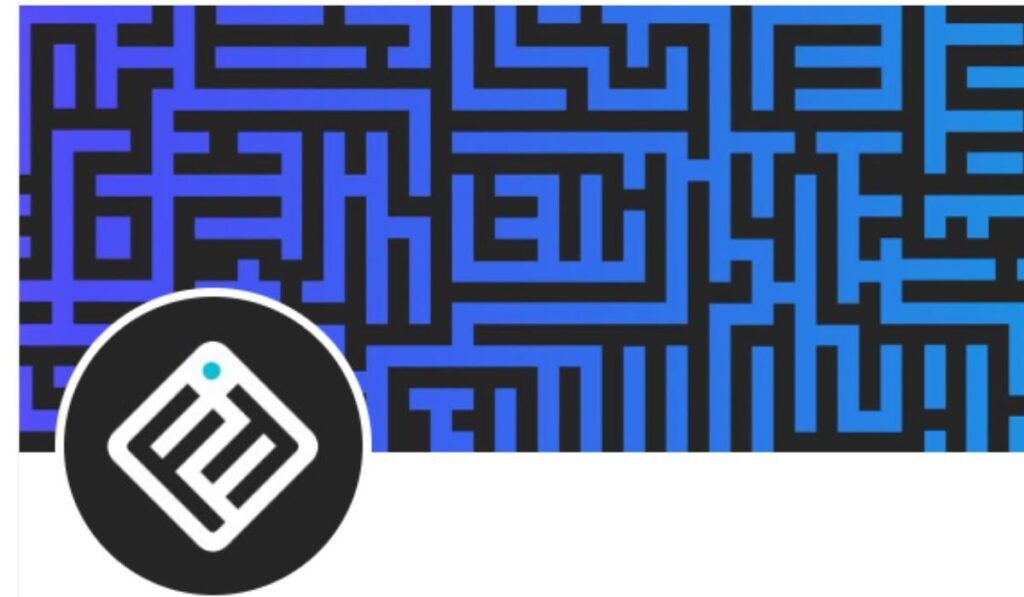
Flip is an analytics-driven aggregator platform that emphasizes tracking and portfolio management while integrating standard aggregation features. Flip was developed by Sam Hotchkiss, Brian Krogsgard, and Jennifer Jacobs in 2021.
Flip aggregates data from multiple sources, including OpenSea and LooksRare, and more marketplaces are in the process of being added. Flip supports wallets like Metamask, and other wallets are yet to be added. Users can join Flip with their wallet, Apple, Google, Twitter, or email.
Conclusion
As the NFT market matures and becomes more popular, aggregators are likely to play a central role in the NFT ecosystem. We can expect to see these aggregators evolving in functionality, introducing features like NFT lending, portfolio tracing, and cross-chain interoperability. We can also expect AI-integrated analytics to personalize user recommendations. In the long term, NFT marketplace aggregators will establish a transparent, intelligent, and interconnected NFT ecosystem.
FAQs
A software that helps explore and trade various NFTs by collecting listings from many different platforms and showing them all in one place.
OpenSea is the first and largest NFT marketplace. Think of it as the one shop for all kinds of digital items. It is open to all creators and has no curation.
Pak, an anonymous digital artist who’s been actively creating digital art for almost 20 years, is considered one of the most well-known and wealthiest NFT artists.
You can create an NFT by uploading your art into an NFT marketplace like OpenSea and setting a price; you can either auction or sell for a fixed price.
The most expensive NFT is “The Merge” by Pak, which was sold for $91.8 million in December 2021.
Crypto & Blockchain Expert
